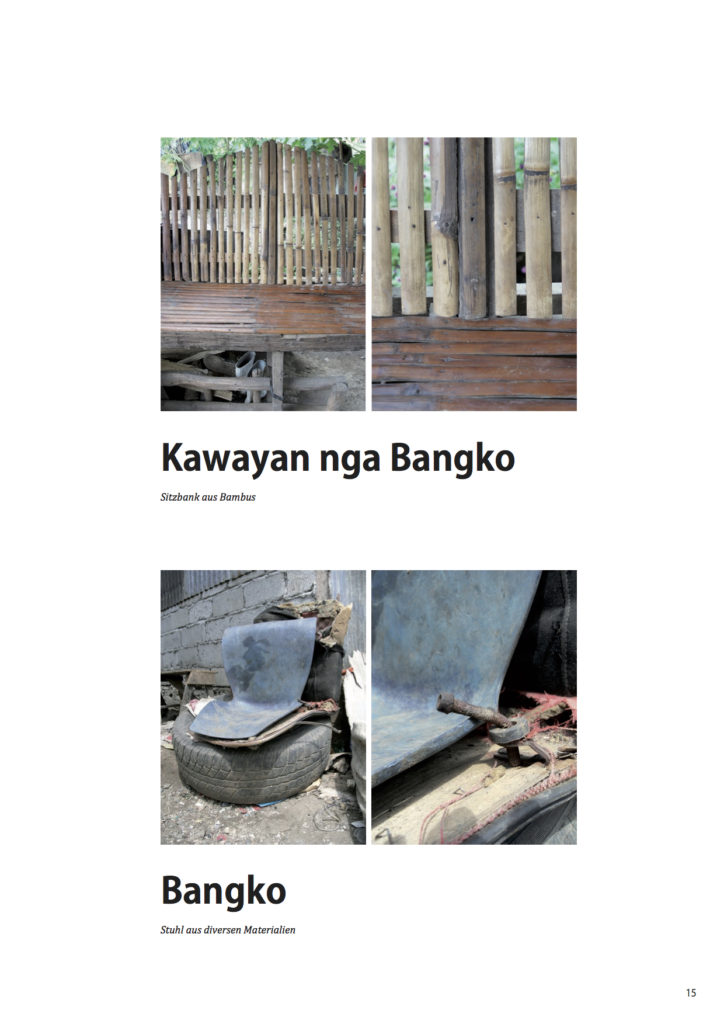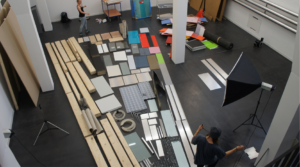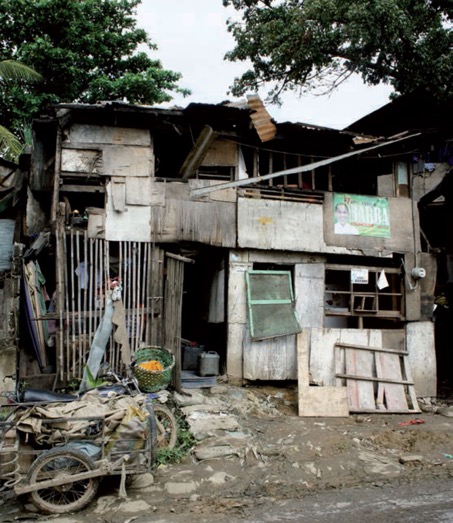How to develop cultural sensitivity through design practices and journaling
After we developed the first prototype of the Travel Kit, students at HyperWerk started using it when doing projects abroad and a range of interesting projects arose. One of them is described here, and others you find if you follow the tag students’ projects.
Manuel Wüst went to the Philipines in his second year. He really wanted a leave his comfort zone and have an out-of-field experience. So he decided to go and visit scavengers, wastepickers who live of what they find in the waste that can be sold. His preparation process was of high relevance for the whole process. He was at that time working with silk screen printing a lot but was also interested in social practices. He was really looking for a field of work for his future career, but did not know what this could be.
In his fist letter of motivation, the first step of preparing the journey, he wanted to create with the wastepickers or scavengers and offer silk screen workshops for them. He could barely anticipate what situation those he wanted to visit were in to make a living. After getting feedback he rewrote his letter of motivation again and again, until in the end, he went off very open, guided by the following question: What is the scavengers’ genuine creativity? What is their way of being creative? While preparing his journey, he understood that he first had to listen. He shifted his perspective and was able to identify the blind spot we all have – cultural preconceptions that shape our view.
Being there, Manuel started observing. After a few weeks, he started to work with the scavengers and share their daily routine. As for the travel journal, he started with scetches as a method of documentation and he also noted keywords on the computer. After a few weeks he bought a cheap camera and started to take pictures of the housing and household of the scavengers, impressed by how they reused what they found in the waste. This became his focus of documentation. After he returned, made a leporello about these objects.


In his third year then, when doing his diploma Reanimationsmassnahme, he started with transferring his experience into his own cultural space, asking the question: What neglected materials and resources are here in Switzerland to be found, that could still be of use, just like the scavengers make use of what they find in the waste?

He built up a team of designers and others, and a network with producing companies in his home region, in order to identify if their waste can be taken and reused. On this picture him and his team had just been at the big Fair for Jewellery in Basel, the Basel World, where they collected what was about to be thrown away. This was then transformed into furniture for an exhibition at the House of Electronic Arts in Basel.
His journey enabled him to develop a focus for his work that includes the reflection on a very different way of living. In short: Manuel became a scavenger himself, transferring his field experience into his own context and work as a designer.

What is different for him now is the knowledge about this other world, this other cultural space he got to know, the smells, the images, the talks, the memories that come back sometimes all of a sudden – and that make him question the way of life he was born into.
This example might reveal what we are striving: ways to encourage students to develop self-reflection and cultural sensitivity through design practices and with the help of journaling. That’s why we created the Travel Kit.
Photos and documentation: Manuel Wüst
